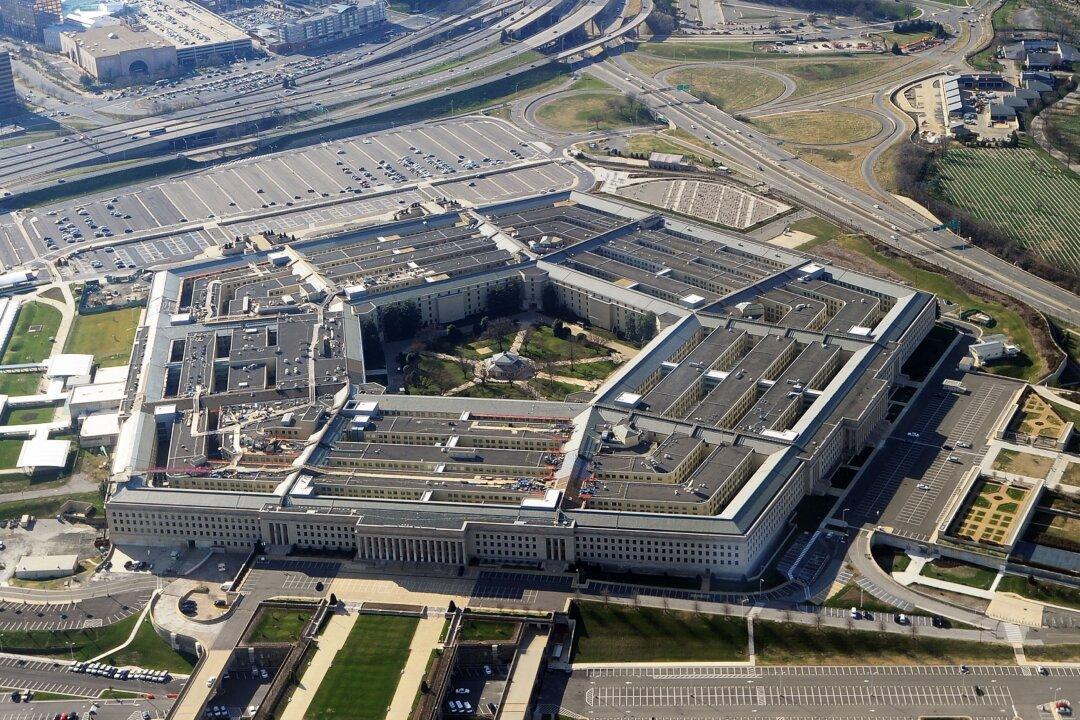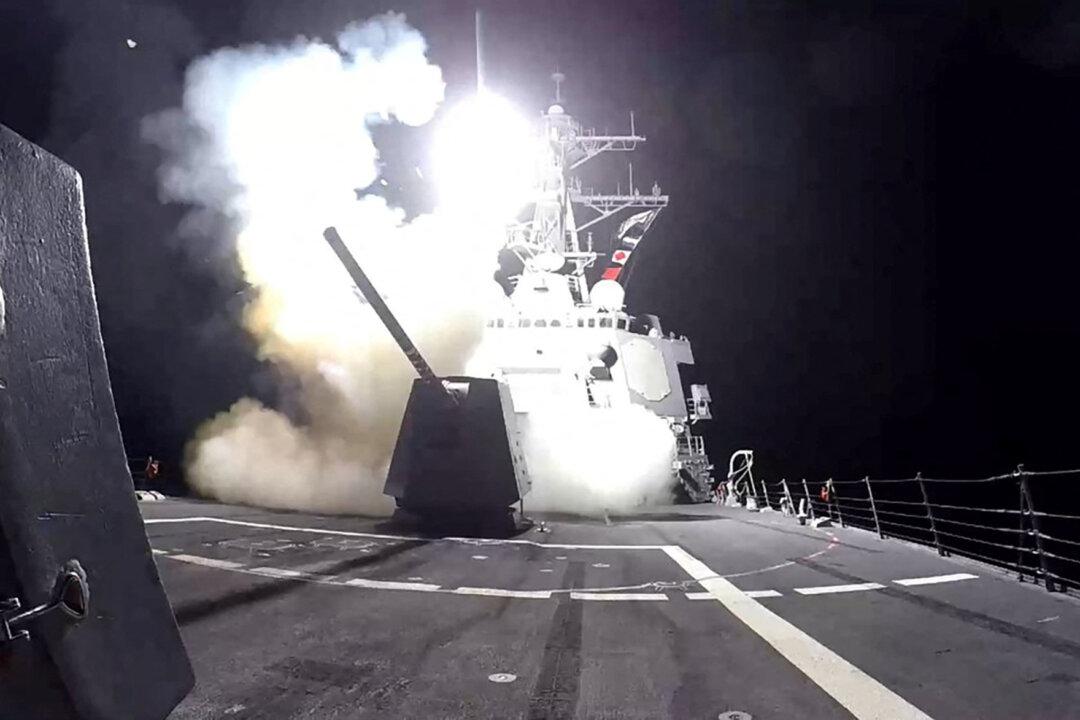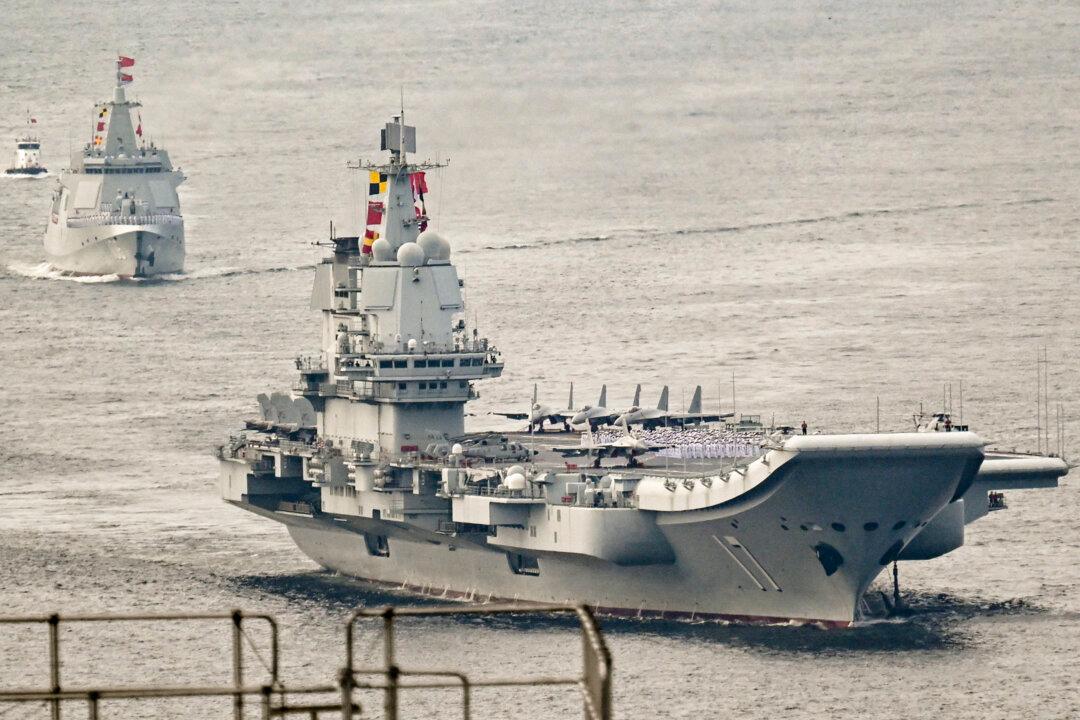The Pentagon is surging $300 million in arms to Ukraine after saving money on negotiated contracts, but it has dramatically overdrawn from U.S. stockpiles, defense officials say.
The new security package will allow Ukraine to bolster its defenses for a few weeks amid an increased Russian operational tempo, Pentagon press secretary Maj. Gen. Pat Ryder. told reporters during a March 12 briefing.




